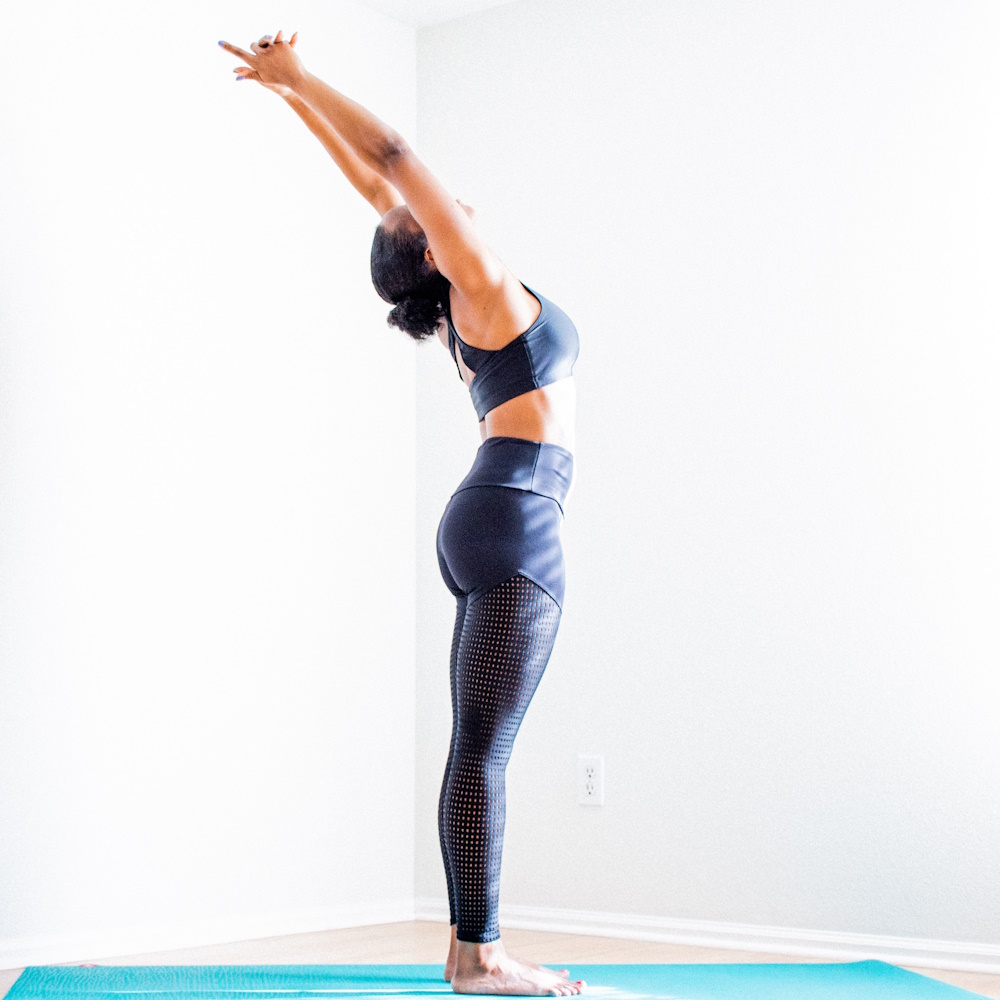Pilates is an excellent method for improving posture. It focuses on core strength, flexibility, and body awareness, all of which play a pivotal role in maintaining good posture. Let’s explore how Pilates can effectively address postural issues.
Core Strength and Posture Improvement
One of the core principles of Pilates is developing a strong and stable core, which includes the muscles of the abdomen, lower back, and pelvic floor. A strong core provides the foundation for good posture. When these muscles are well-conditioned, they can support the spine and help you maintain an upright, aligned posture.
Pilates exercises often target the core muscles, and consistent practice can lead to increased core strength. This, in turn, helps prevent slouching, rounding of the shoulders, and other common postural issues.
Flexibility and Posture
In addition to core strength, Pilates emphasizes flexibility and mobility. Pilates exercises include stretches that promote flexibility in the muscles and joints, which can help alleviate postural problems associated with tight or shortened muscles.
By increasing flexibility, Pilates allows you to move more freely and with better alignment. For example, stretches for the chest and shoulders can help counteract the forward head and rounded shoulders posture that often results from sitting at a desk or working on a computer for extended periods.
Body Awareness and Posture Correction
Pilates also emphasizes body awareness and mindful movement. Practitioners learn to engage specific muscles, control movements, and maintain proper alignment. This heightened awareness is a crucial component of good posture. When you become more conscious of your body’s alignment and make necessary adjustments, you can correct and maintain better posture throughout the day.
Can Pilates fix hunchback?
Pilates can be a valuable practice for individuals dealing with a hunched back or kyphosis. Kyphosis, often referred to as a “hunchback,” is characterized by excessive rounding of the upper spine, typically in the thoracic region. Pilates can help address this issue through a combination of core strength, flexibility, and postural correction.
1. Core Strengthening: Pilates targets the muscles in the core, including those in the abdomen and lower back. A strong core can provide the support needed to help pull the spine into a more upright position.
2. Stretching and Flexibility: Pilates includes exercises that stretch and lengthen the muscles, particularly in the chest and shoulders. These stretches can help counteract the forward rounding of the upper back.
3. Postural Correction: The focus on body awareness in Pilates is invaluable for individuals with kyphosis. By becoming more aware of their posture and learning to engage the right muscles, they can gradually correct and maintain a more aligned spine.
While Pilates can be highly effective for addressing hunchback, it’s essential to work with a qualified Pilates instructor, particularly one experienced in postural issues, to ensure that exercises are performed correctly and safely.
Is yoga or Pilates better for posture?
Both yoga and Pilates can be beneficial for improving posture, and the choice between the two often comes down to personal preference and individual goals. Each discipline has its unique approach to addressing postural issues:
· Yoga: Yoga emphasizes a mind-body connection and incorporates various postures, stretches, and breathing techniques. It promotes relaxation and flexibility while also focusing on strength and balance. Many styles of yoga, such as Iyengar and Hatha, pay particular attention to alignment and posture. Yoga’s holistic approach can help individuals develop better posture through conscious movement and stretching.
· Pilates: Pilates is more specifically focused on core strength, muscle toning, and body awareness. It includes exercises that target the muscles responsible for posture, such as the core and back muscles. Pilates helps build a strong foundation for good posture by addressing muscle imbalances and providing strength for proper spinal alignment.
The choice between yoga and Pilates for posture improvement may depend on your overall fitness goals and preferences. Some individuals find that the combination of both practices works well to address posture, flexibility, and overall well-being.
Can Pilates realign your spine?
Pilates can help improve spinal alignment and support better posture, but whether it can fully realign the spine depends on the individual and the nature of their spinal issues.
Pilates is effective in several ways:
1. Strengthening Core Muscles: A strong core is crucial for supporting the spine and maintaining its alignment. Pilates focuses on developing core strength, which can alleviate issues related to spinal misalignment.
2. Stretching and Flexibility: Pilates includes stretches that can help release tension in the muscles around the spine, promoting better alignment. Stretching can also improve spinal mobility, reducing the risk of stiffness and misalignment.
3. Postural Correction: Pilates emphasizes body awareness and mindful movement. Practitioners learn to engage the right muscles and correct postural imbalances, which can lead to improved spinal alignment over time.
However, it’s important to note that Pilates is not a substitute for medical care or professional evaluation of spinal issues. If you have serious spinal misalignment or pain, it’s advisable to consult with a healthcare provider, such as a physical therapist or chiropractor, who can provide specific guidance and treatment tailored to your condition.
In summary, Pilates is an effective method for improving posture and spinal alignment, with a focus on core strength, flexibility, and postural correction. While it can help address issues like hunchback, the choice between Pilates and yoga for posture improvement depends on individual preferences and goals. Pilates can contribute to better spinal alignment, but for serious spinal issues, it’s essential to consult with a healthcare provider for a comprehensive evaluation and appropriate treatment.
